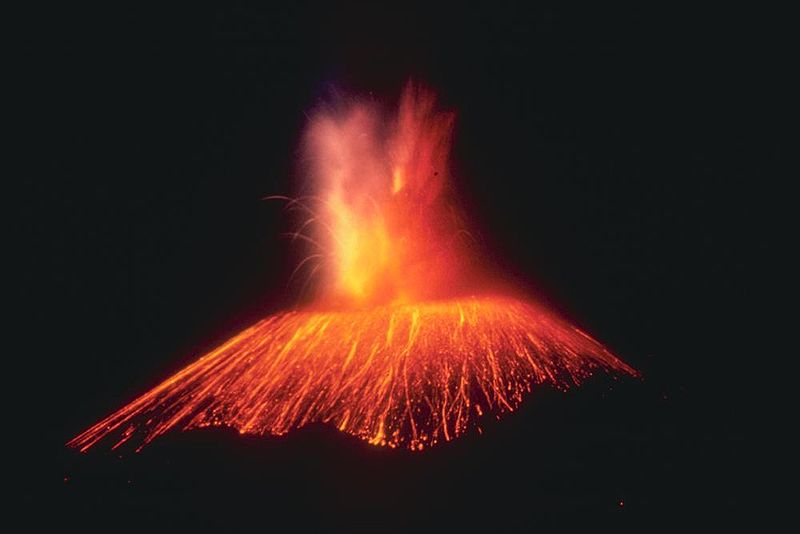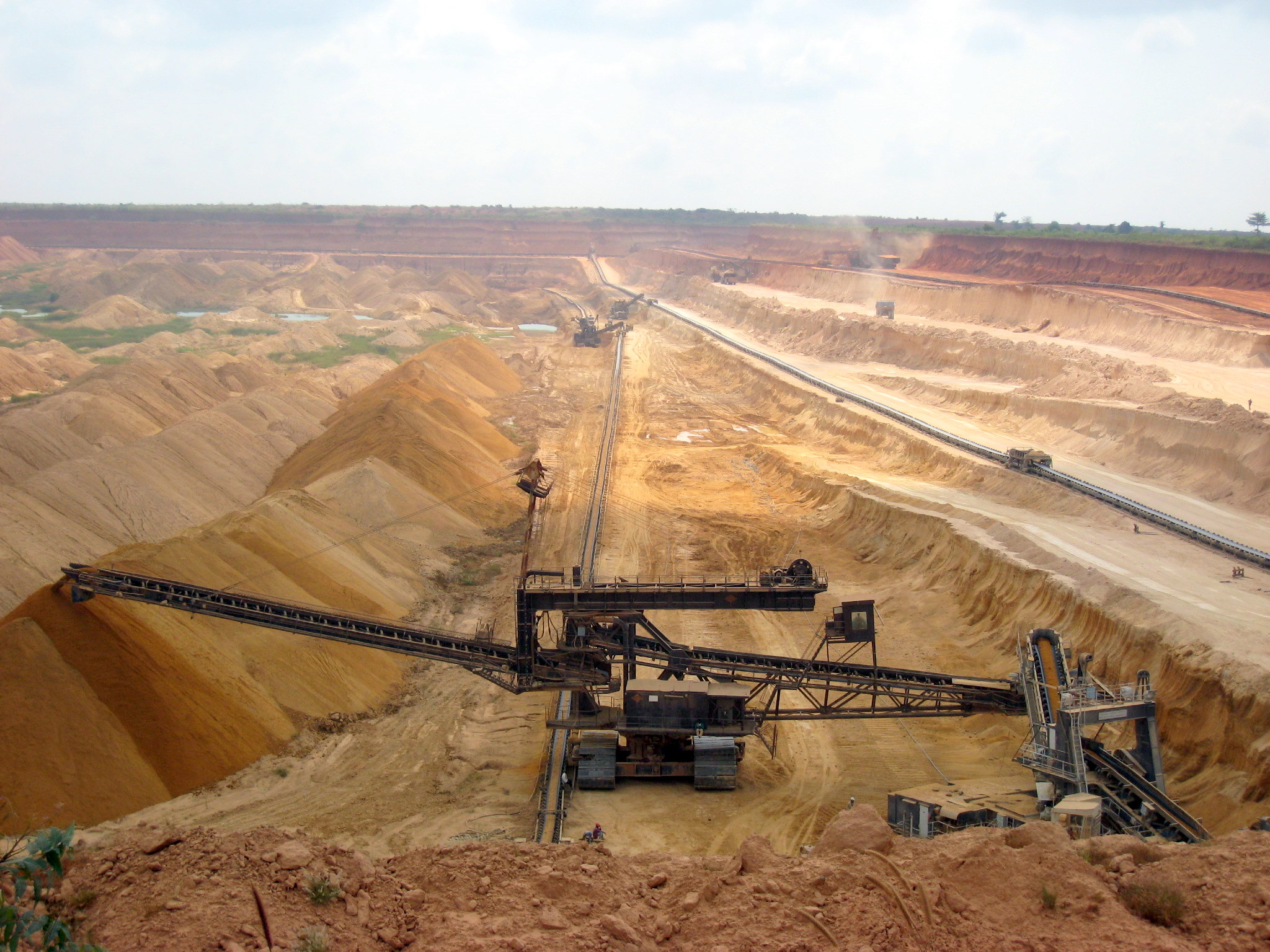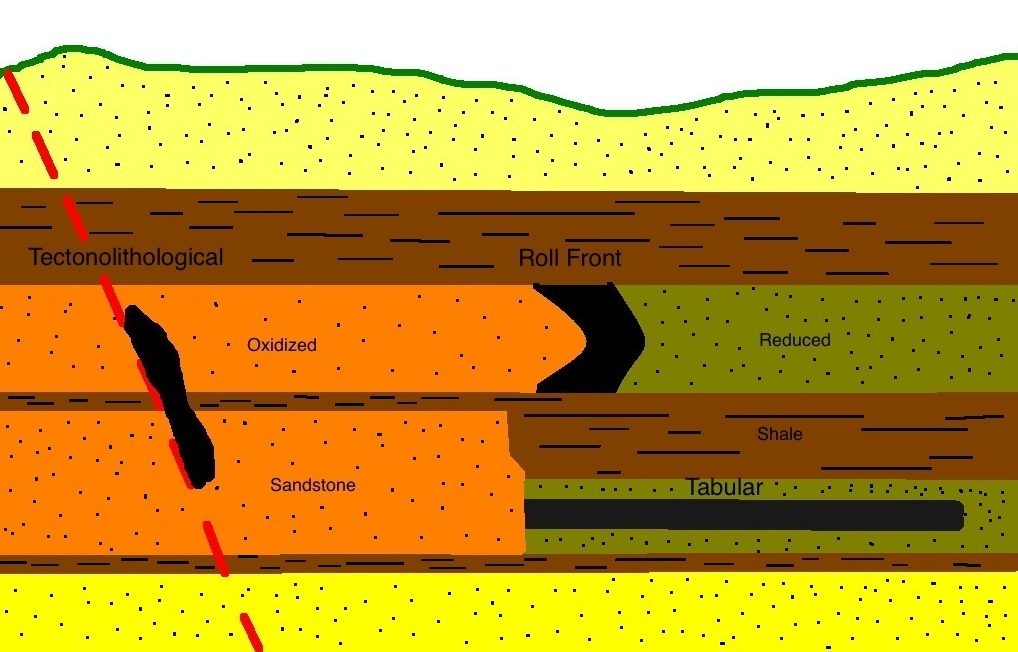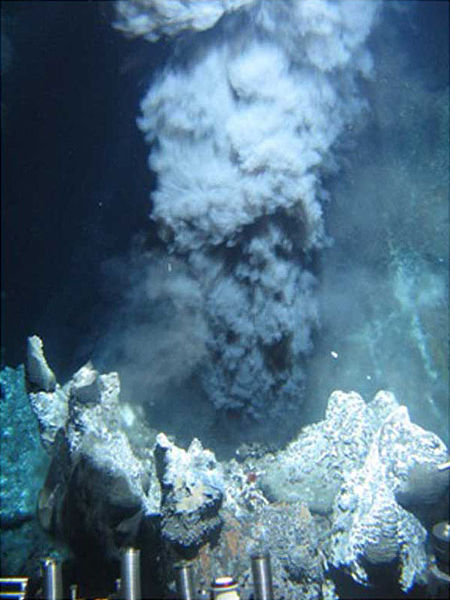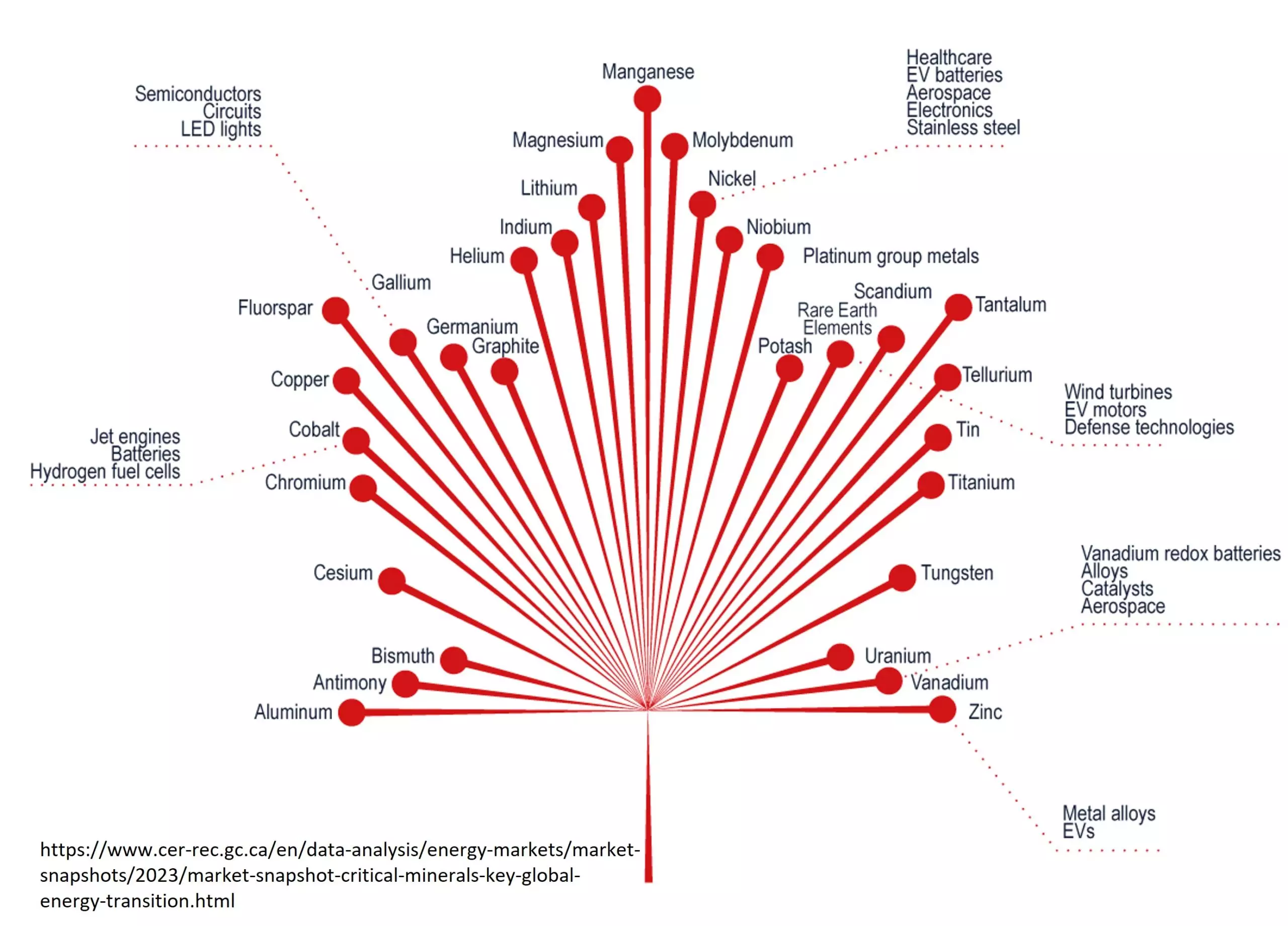The Perseverance rover landed on Mars on February 18, 2021, nearly seven months after its launch. Perseverance is part of NASA’s Mars 2020 rover mission and is accompanied by a robotic helicopter called Ingenuity. The Mars Exploration Program’s mission aims to answer a simple yet profound question: Can Mars support human life?
There’s a lot that goes into answering that question. First, the planetary history, climate and geology of Mars must be fully understood. Geologists on Earth tackle similar problems every day by collecting rock samples, conducting surveys, and making models. With a little help from the Perseverance rover, we are one step closer to unlocking the mysteries of the Red Planet.
What Does The Mars Rover Do?
The Perseverance rover landed in Jezero Crater, a 28-mile-wide crater just north of the Martian equator. Jezero is part of the Isidis Planitia region, a 750-mile-wide basin that formed from an ancient meteorite impact. Scientists believe that a river once flowed into Jezero crater. On a previous expedition, the Mars reconnaissance orbiter found evidence of clay minerals in Jezero–minerals that only from in the presence of water. Water is essential for microbial life, suggesting that there could have been ancient life on Mars. Water is also essential for human life. Perseverance is also looking for signs of underground water, which could pave the way for human exploration of Mars.
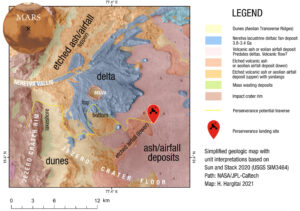
The Perseverance rover will also help scientists characterize the climate of Mars. The weather on Mars is dominated by dust storms, which gives the Red Planet its nickname. The atmosphere of Mars is composed of CO2, but it’s possible Mars once had a climate similar to the Earth. Understanding the climate history of Mars can give scientists insight on what the Earth’s future climate may be like, and if Mars is hospitable to human exploration.
Mars Rover Instruments
How do scientists characterize the geology and climate of a planet millions of miles away, that humans have never visited? Just like mining exploration geologists, the Perseverance rover collects data with a pack of cameras, microphones and high-tech instruments:
- Planetary Instrument for X-Ray Lithochemistry (PIXL): an X-Ray Fluorescence (XRF) spectrometer that will be used to determine the elemental composition of materials on Mars’ surface
- Radar Imager for Mars’ subsurface equipment (RIMFAX): a ground-penetrating radar that will image ground density, structural layers, buried rocks and meteorites. RIMFAX also has the ability to detect underground water, ice and brine.
- Mars Environmental Dynamics Analyzer (MEDA): a set of sensors that measure atmospheric conditions like temperature, wind speed and direction, pressure, relative humidity, and dust particle size and shape.
- Mars Oxygen ISRU Experiment (MOXIE): an experiment that will produce oxygen from the Martian atmosphere (which is made of CO2).
- SuperCam: a suite of lasers and spectrometers that can provide images, chemical composition analysis and mineralogy of rocks from a distance.
- Mastcam-Z: a stereoscopic imaging system.
- Scanning Habitable Environments with Raman and Luminescence for Organics and Chemicals (SHERLOC): an ultraviolet Raman spectrometer that uses fine-scale imaging and a UV laser to determine mineralogy and detect organic compounds in rocks.
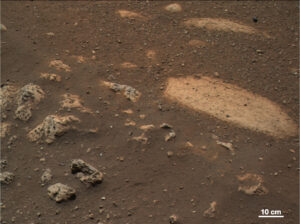
The first rock to be analyzed by the Perseverance rover’s SuperCam. The target rock is the light-colored elongated rock on the right. Photo from NASA.
The technologies used to search for signs of life on Mars are not so different from those used in mineral exploration here on planet Earth. Mining companies conduct geochemical and mineralogical analysis on soil and drill samples. Geophysical methods, like seismic, magnetic and airborne surveys, are commonly used to detect and delineate underground ore bodies.
Scientists on Earth have an advantage, however. Exploration on Mars heavily relies on remote sensing and image analysis. Mining geologists can collect soil and rock samples directly and get quicker and more accurate results. Geologists on the Moon even have an advantage over the Mars rover. During NASA’s lunar mission in 1972, astronaut and geologist Harrison Schmitt collected many rock samples, including a sample of plutonic rock that helped scientists determine whether or not the Moon had a long-lived magnetic field.
Geology Of Mars
Mars and Earth have a lot in common. Both planets are terrestrial (composed of silicate rocks, as opposed to gas) and have a core, mantle and crust. Although Mars is about half the size of Earth in diameter, the two planets have roughly the same dry land surface area. This is because 70% of the Earth’s surface is covered with water, while Mars has no liquid water on its surface.
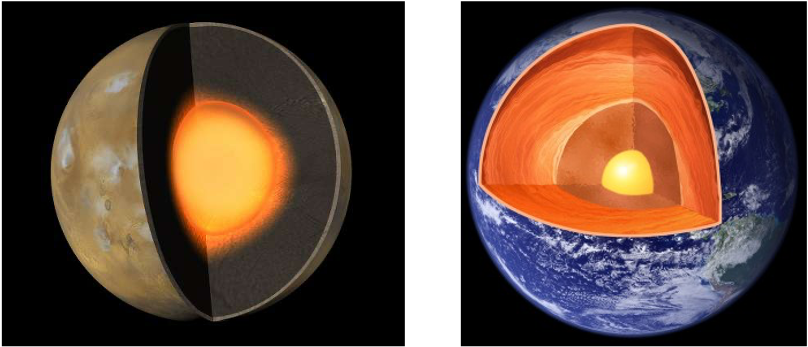
The surface of Mars is similar to the surface of the Earth, suggesting that similar geologic processes occurred on both planets. Both planets have volcanoes, valleys, craters, layered sedimentary rocks, channels and deltas. The rocks that make up the surface of Mars are basalts, which is similar to the rocks that make up the Earth’s oceanic crust. Earth’s crust is primarily made of granite, which is lighter and less dense than basalt.
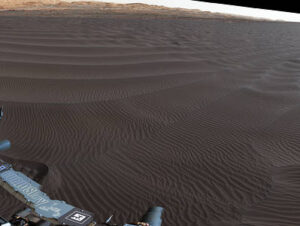
While the Earth’s plates are constantly moving, creating volcanoes and mid-ocean spreading centers, Mars is tectonically dead. On Earth, convection in the mantle causes the lithospheric plates to move. This process is called plate tectonics and is constantly destroying and creating new crust. Temperature differences between the Earth’s liquid outer core and the mantle drives convection in the mantle and plate tectonics. Although Mars is thought to have a molten core, there is no convection in the mantle, and thus, no plate tectonics. As a result, the crust of Mars is very thick compared to the Earth’s crust.
Jezero Crater
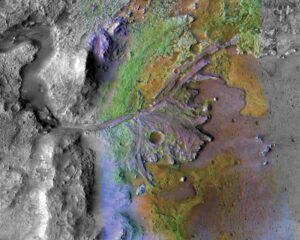
Imagery of the Jezero crater appears to show an ancient lake and river system. The fan-shaped apron of debris and meandering channel patterns are characteristic of river deposits here on Earth. NASA scientists chose the Jezero crater as the Perseverance’s landing spot for several reasons. The rocks in the crater may have preserved ancient organic molecules or other microbial life forms from the river water that flowed into the crater billions of years ago. Carbonate and clay rocks in the Jezero crater are good candidates for preservation. The rocks in Jezero can also tell scientists about the conditions outside of the crater, since rocks and minerals from other areas were likely deposited in the crater by the ancient river.
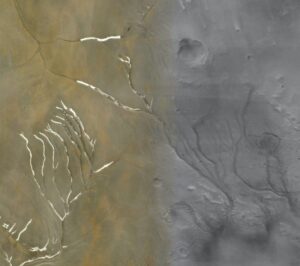
An alternative theory suggests that some Martian river channels were formed by meltwater underneath glacial ice sheets, instead of flowing rivers. Researchers from the University of British Columbia, Western University and Arizona State University compared imagery of channels and valleys on Mars to glacially carved channels on Earth. They found striking similarities between Martian river channels and the glacially carved channels in the Canadian Arctic. The theory is coupled with ancient climate data suggesting the Martian climate was too cold to support running water when the valleys and channels formed. Data collected by the Perseverance rover should provide more insight into the origin of Mars’ valleys and channels.
Mars Rocks
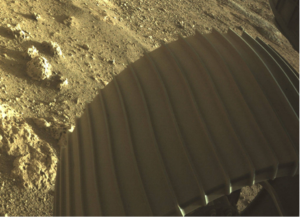
Images sent to Earth from Perseverance present yet another mystery about the Red Planet. Rocks in the image below appear to have a “vuggy” texture–that is, they have pits and holes. These holes, called vugs, can form in both sedimentary and igneous rocks. In sedimentary rocks, vugs form when certain minerals are preferentially eroded, leaving holes behind. Vugs in igneous rocks like basalt and scoria are also called “vesicules.” They form when gas bubbles dissolved in the lava escape, leaving behind holes. The PIXL, SHERLOC and SuperCam instruments aboard the Mars rover can measure mineralogy and chemical composition of these vuggy rocks, shedding light on their origin and the geologic processes that created them.
Life On Mars?
Will there ever be human life on Mars? Maybe. Life needs water and energy to survive and the Perseverance rover is on a mission to find both. If Perseverance finds signs of underground liquid water and a hospitable climate, human exploration of Mars could be a reality.
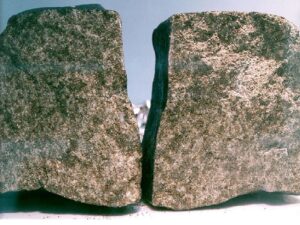
Humans also need resources to colonize other planets. Although space mining seems like science fiction, it’s not entirely out of this world. Asteroids like Pscyhe 16 are thought to contain high concentrations of rare metals, platinum, palladium and gold–materials that could be used here on Earth or on a Mars colony. Mars is thought to contain numerous mineral resources like magnesium, aluminum, titanium, iron, chromium, lithium, cobalt, nickel, copper, zinc and many more. The cost and time of mining in space and bringing the materials back to Earth is currently unrealistic, but has the potential to support human colonies on other planets. Mars may be lightyears away, but the Perseverance rover is bringing the Red Planet closer to home.


